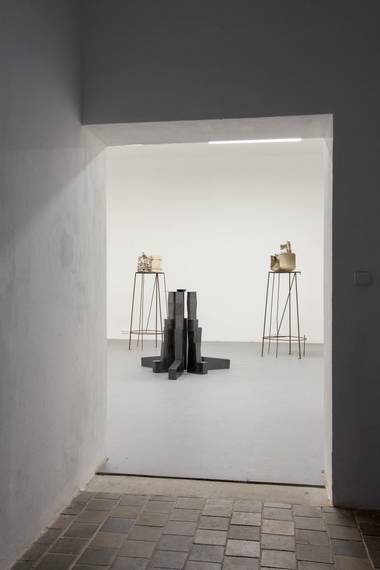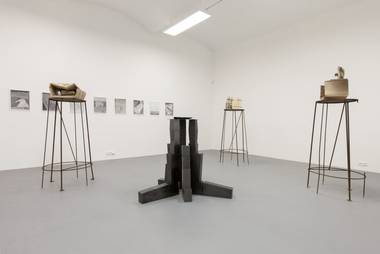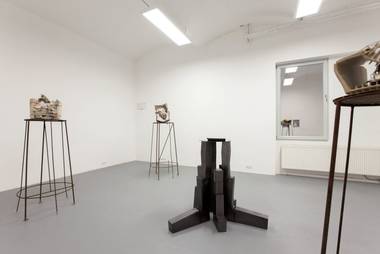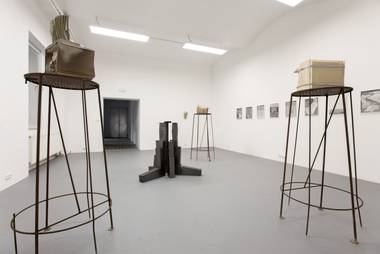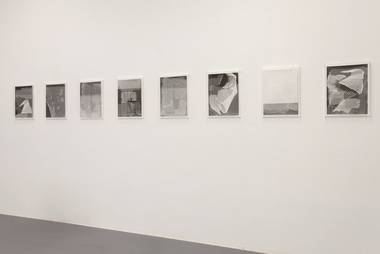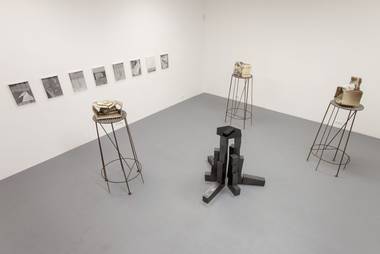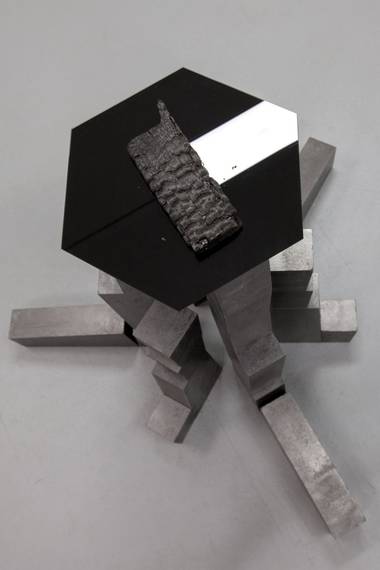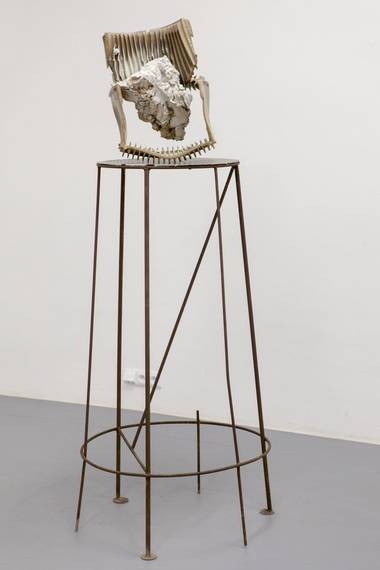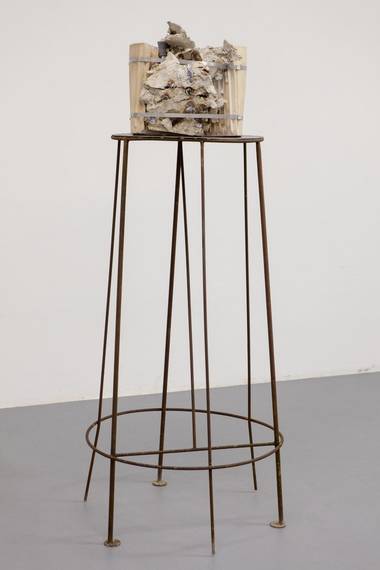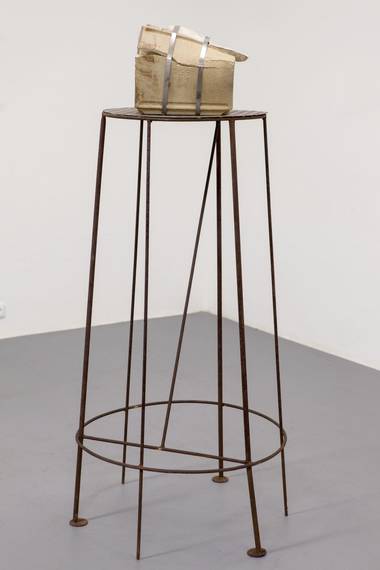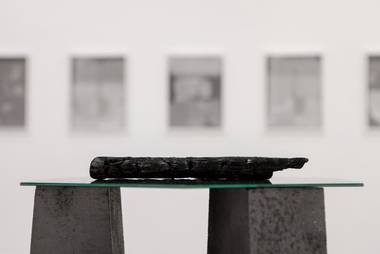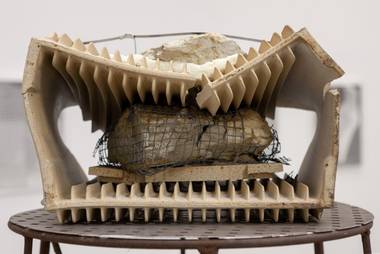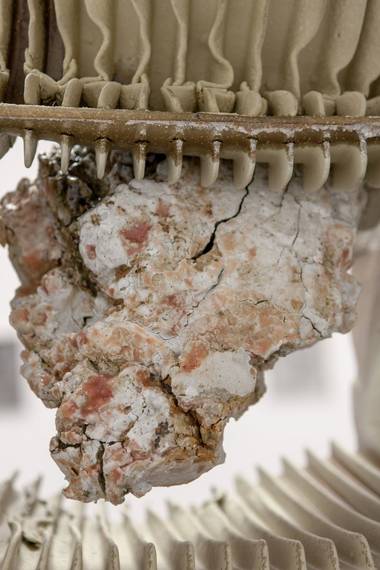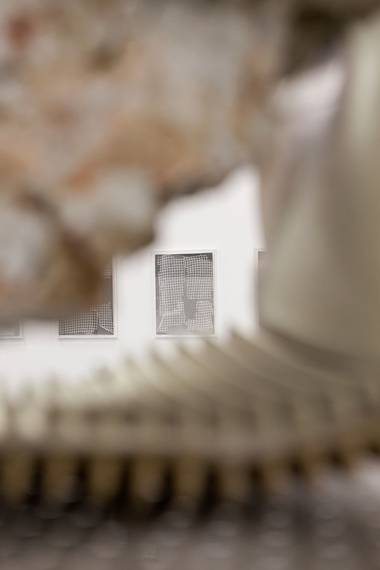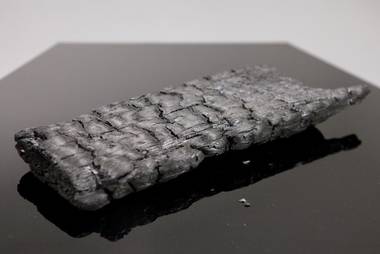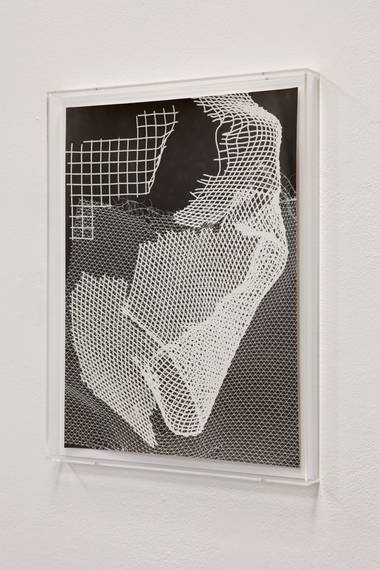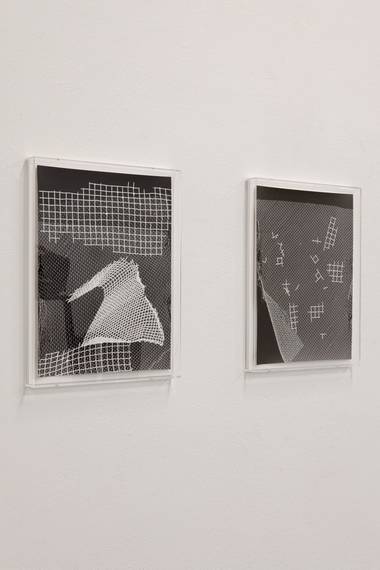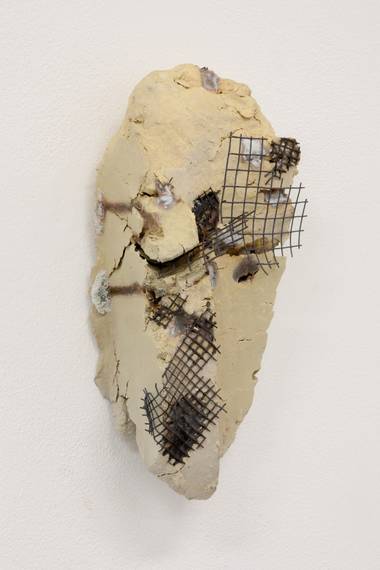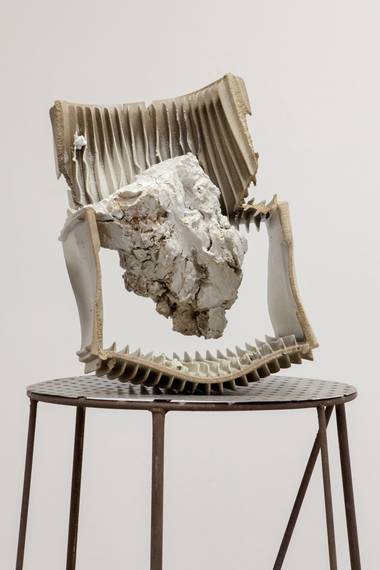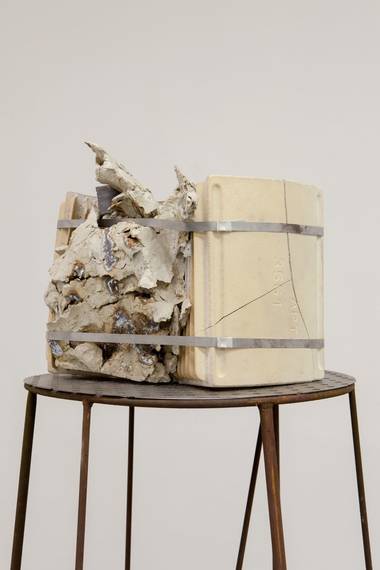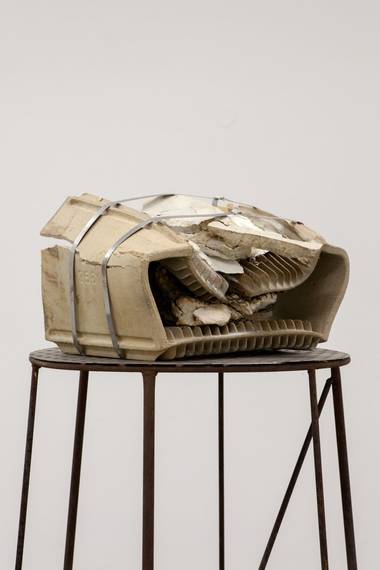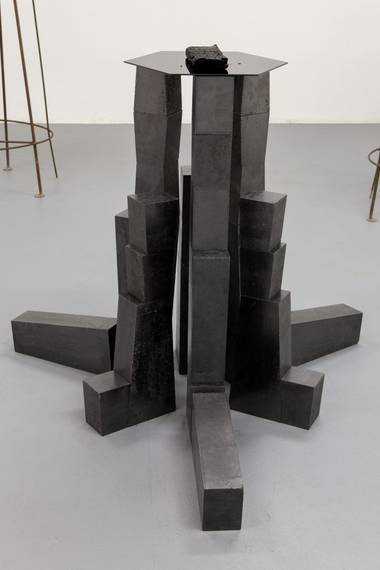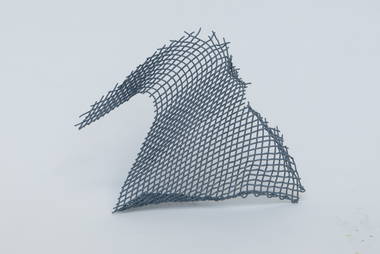Svätopluk Mikyta: Fragments of fragments
20. 12. 2019 – 12. 1. 2020
opening: 19. 12. 2019
curator: Gabriela Kotiková
In the past your work addressed totalitarian dictatorship and its aesthetics. In retrospect, one realizes how current it was. To be honest, several years ago I did not realize how the residues of the totalitarian time can creep back into politics and the entire public space all of a sudden. I think that your work was quite timeless in that sense. Did you already perceive it as a threat back then, or was your work more of a certain ironic commentary of something that is no longer a threat to us?
I started to pursue topics that reflected the history of Central Europe in relation to totalitarian regimes due to the lack of reflection of these topics in visual arts in our domestic environment. It’s a generational testimony that reflects the fall of political utopia, the euphoric wave, as well as the post-euphoric disenchantment.
The opportunity to study abroad and to travel freely provided me with a direct comparison that I based my work on. I saw room for realization in treating and commenting the present time through the past – through image materials – books, photographs and reproductions and their visual expansion. Timewise, it naturally blended in to the then current context of the history-graphical turnover, the climax of which was 12 DOCUMENTS in Kassel in 2007. I concluded this phase of my work by publishing the book Homo viator 2017 and the book object “Zeitgeistlos” in four pieces. The current xenophobic threats are more visible and more present in the media, but they have always been here. It seems as if they were a part of our mental paraphernalia. I have been reflecting these on a long-term basis through ironic commentary, as well as in my diary drawings that will be published as a book next year, but also in small civic gestures.
Your work clearly shows nostalgia for classical fine art techniques such as graphical techniques, book print, etc. Can we say that you like to use classical techniques that other artists may consider to be obsolete or conservative, and that you think of new ways of using their potential? Recently, you have also been making three-dimensional objects out of clay, in addition to other materials, and it seems that you also work with clay deliberately in an unaesthetic manner, which is in contrast with the established conception of using this material.
I would not say I’m a nostalgic type of artist and I don’t approach the past through the prism of nostalgia. Yes, I am interested in physical-analogic techniques that on one hand can be a current commentary to digital approaches. On the other hand, it can be enough for us to accept these “classical artistic” techniques as legitimate and equivalent even in the time of this digital delirium accompanied by an overproduction of an inhuman amount of data. At the end of the 1990s, when I was starting, it was a delimitation against the trendy wave of new media. I have always been interested in marginal and displaced media – drawing-graphics-pottery in our environment (Czechoslovakia). Long time before pottery became cool.
For his exhibition Memories of the Past Future II. in 2013, Jan Zálešák selected artists whose work makes references to modernism and continues to work with its aesthetics. These artists included Zbyněk Baladrán, Alexey Klykov, Vasil Artamonov, Václav Magid, and others. In a certain sense your work reminds me of Eva Koťátková’s work who also works with old photograph archives, and also David Možný works with the past in a different way and you recently organized a joint exhibition with him in Gallery Etcetera in Brno. Unlike these artists, however, your work is ironic and exaggeration plays a big part in it. How important is this aspect of your work for you?
It was a pleasure for me to participate in Zálešák’s exhibition. I think that Jan did a great job of capturing and reflecting our work although the exhibition came a little late. Eva Koťátková was born in 1982 and she would be seven years old in 1989, when I was a member of the student strike committee at the secondary school in Orava. She entered the scene ten years later than me and that is why her approach is different from mine, although formally we may seem to be similar. Generationally and mentally I think I’m much closer to J.Mančuška, K.Šedá, Z.Baladrán, J.Skála or D.Možný. Irony, exaggeration, humour, as well as seriousness are very important to me. I think we are interconnected through our generational experience as well as the seriousness that we approach our work with.
One of the things that the exhibition Fragments of Fragments points out are the limits of our knowledge and our interpretation of the world. We perceive everything merely through our unstable space made up of many fragments which are constantly changing; our knowledge is often based on mediated experiences, which make it impossible to have a truly objective understanding. Is it true that the realization of these realities should lead us to greater humbleness and to the realization of our own imperfection?
The work exhibited is the result of my effort to find and develop the hidden potential of existing things. I’m interested in the continuity, as well as phenomenology in art. Our knowledge/perception of the world is fragile and imperfect, often and repeatedly redefined. Creative work is also accompanied by trials and chances which I welcome; it is connected with experimenting and joy. However, it is not directed to mentorship about humbleness or imperfection.
Gabriela Kotiková, Svätopluk Mikyta
The program of the Jeleni Gallery is possible through kind support of Ministry of Culture of the Czech Republic, Prague City Council, State Fund of Culture of the Czech Republic, City District Prague 7
Partners: Kostka stav
Media support: ArtMap, jlbjlt.net, UMA: You Make Art
